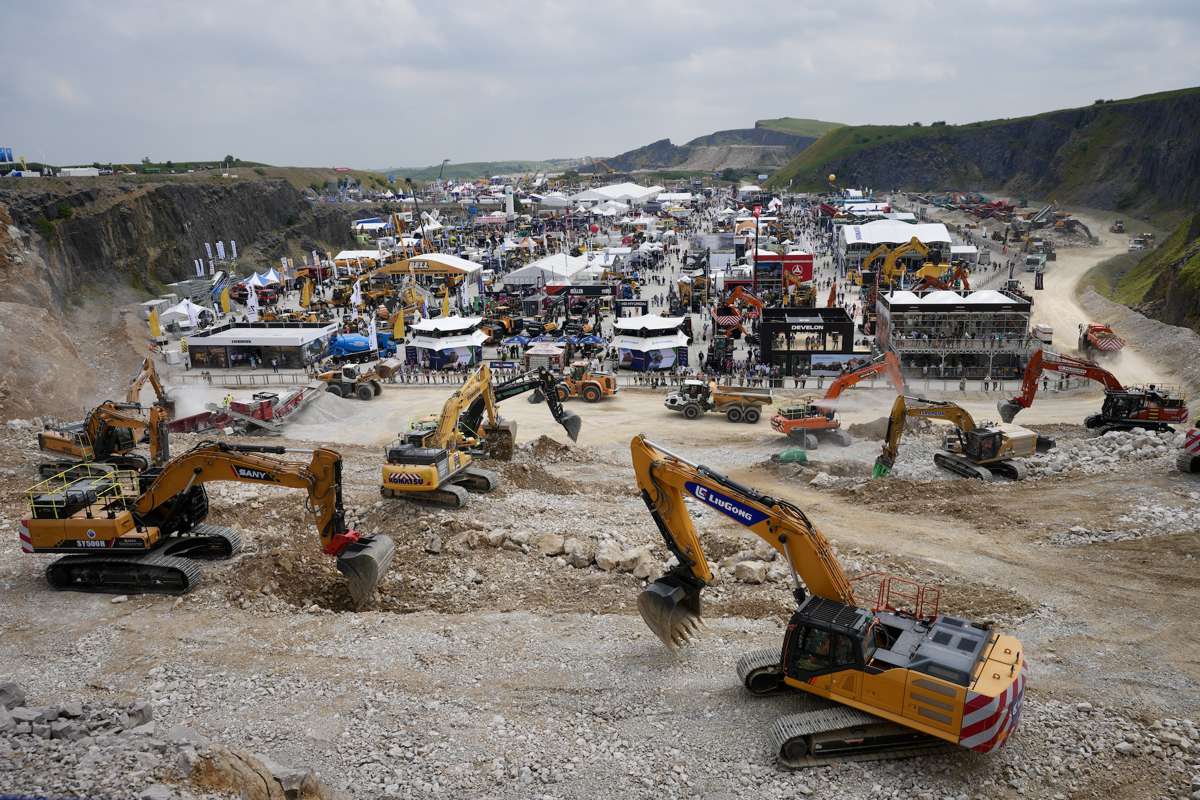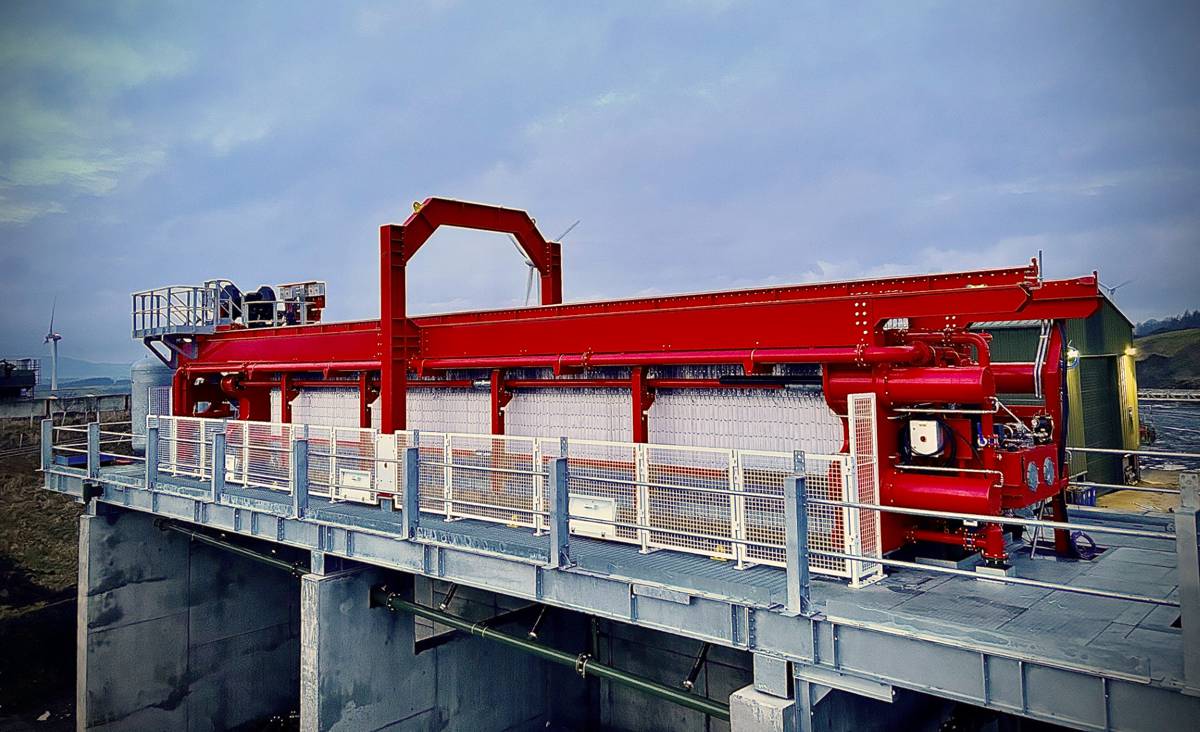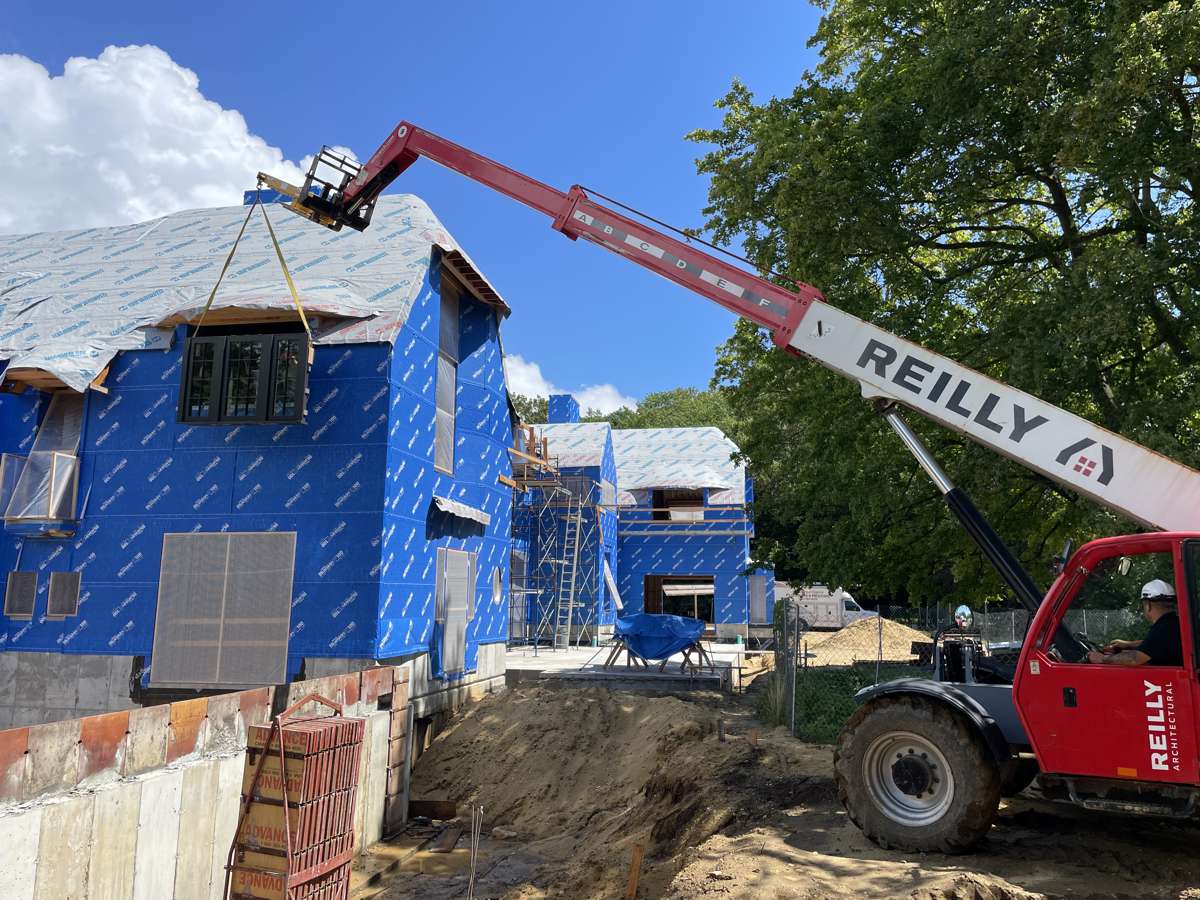The 5 most dangerous industries in Britain
Different jobs present different risks. While office workers may risk carpal tunnel syndrome or the occasional migraine, metal workers are steering clear of molten lead and motorway workers are always on high alert for cars approaching at high speed. But which jobs are the most dangerous to work in? “Certain roles naturally present more risk than others,” says Daniel Ure from PPE experts Vizwear. “In most cases, workers take all the necessary precautions to reduce that risk as much as possible.
“However, some industries are failing to keep up — and the results are deadly.”
The experts at Vizwear explored the latest data from the Health and Safety Executive (HSE) to find out which industries are responsible for the most fatalities — and what, if anything, can be done to reduce the risk.
5: Manufacturing
- Total deaths in 2019: 26
- Deaths per 100,000 workers: 0.92
- VS UK average of 0.45: 2x more likely to die
Manufacturing has come a long way since the dark ages of the early Industrial Revolution, where factories were dark, filled with smoke, and worker rights were pretty much non-existent.
However, there are still dozens of deaths in manufacturing businesses every year. The key risks to safety in manufacturing are all the moving machinery that factory workers are exposed to on a daily basis.
With machines constantly working away, there’s plenty of noise, which makes it difficult for workers to hear warnings from colleagues or the sound of oncoming objects. Plus, defective equipment can be dangerous if staff aren’t properly trained to safely troubleshoot and repair it.
The most important things that employers can do to reduce the rate of incidents is to keep an orderly workplace, do regular inspections and make sure that staffing levels are adequate. Nothing is more deadly than exhausted staff who might want to cut corners despite the dangers of doing so.
4: Transportation and storage
- Total deaths in 2019: 16
- Deaths per 100,000 workers: 1.00
- VS UK average of 0.45: 2.2x more likely to die
When you’re transporting goods around the country, spending lots of time alone is part of the job. Lorry drivers can spend entire days without seeing their colleagues. Out on the road, they can fall prey to tiredness, which increases the likelihood of fatal collisions.
Data from the HSA shows that losing control of a vehicle is the main cause of fatal injuries in the transportation and storage industry. Other fatal accidents include falls from a height, often caused by material collapsing beneath workers’ feet. Drivers of heavy trucks and lorries are the most often killed in these accidents.
To reduce the number of fatalities in this industry, employers need to train drivers on how to spot the signs of tiredness so they can take a rest in plenty of time. They should also conduct more thorough risk assessments when it comes to loading and unloading cargo, where there’s a risk of stock collapsing on logistics workers.
3: Construction
- Total deaths in 2019: 30
- Deaths per 100,000 workers: 1.31
- VS UK average of 0.45: 3x more likely to die
You may not be surprised to find construction on the list. After all, it’s easy to picture the many hazards builders face on a daily basis, be it loose scaffolding or a stray hammer falling from a rooftop.
But out of all the industries highlighted here, construction has made the most progress. The number of fatalities recorded in the construction industry in 2019 was actually the lowest on record.
It’s a promising start — but things are far from perfect. Construction remains one of the most dangerous industries to work in, despite plenty of legislation put in place to protect workers.
Falls from height are by far the biggest danger; in 2017/18, they accounted for nearly half of all deaths in construction. There’s also a significant risk of getting trapped by something collapsing or being struck by an object. Estimates state that the damages caused by health and safety failings in the construction industry alone cost the UK over £1bn a year.
2: Waste and recycling
- Total deaths in 2019: 7
- Deaths per 100,000 workers: 6.05
- VS UK average of 0.45: 13.5x more likely to die
Despite being second on this list, the waste and recycling industry has actually improved in recent years. The 7 fatalities recorded in 2019 were half of those recorded in 2017.
However, the sector still suffers from an extraordinarily high rate of fatal accidents per person compared to the national average.
Workers in waste and recycling are exposed to a number of respiratory hazards (dust and airborne contaminants) as well as hazards like used needles and broken glass. Still, the main causes of fatal injuries to workers in the sector are thought to be collisions with moving vehicles and coming into contact with moving machinery (conveyor belts and sorting machines).
Better hazard awareness training and proper Personal Protective Equipment (PPE) are thankfully helping to drive the annual death toll down.
1: Agriculture
- Total deaths in 2019: 32
- Deaths per 100,000 workers: 9.21
- VS UK average of 0.45: 20.5x more likely to die
Though there were only two more deaths in agricultural work than in construction, construction’s vast workforce means that those 30 deaths only equate to 1.31 per 100,000 workers.
Agriculture, on the other hand, has a far higher accident rate. Farmworkers in 2019 are nearly ten times more likely to die on the job than construction workers, and eighteen times more likely than the average worker across all industries.
One of the key risks to agricultural workers is working alone. Many farmers operate by themselves for large periods of the day, meaning they aren’t able to call for help if something goes wrong. This explains why agriculture is the only industry in which self-employed workers were more likely to die (64%) at work than employees of companies (36%).
There’s also all the machinery and livestock that farmers work with, which can be unpredictable. Last year, 14 people died in accidents involving tractors and 9 were killed by cattle.
Reducing the risk of future injuries
It might all sound very bleak, but the truth is the UK remains one of the safest places to work in the world. Constant improvement to health and safety practices mean the UK consistently has one of the lowest standardised rates of fatal injury across the EU, lower than other large economies and the EU average.
Continued investment in health and safety can further reduce dangerous incidents, meaning we can share a safer future together.















